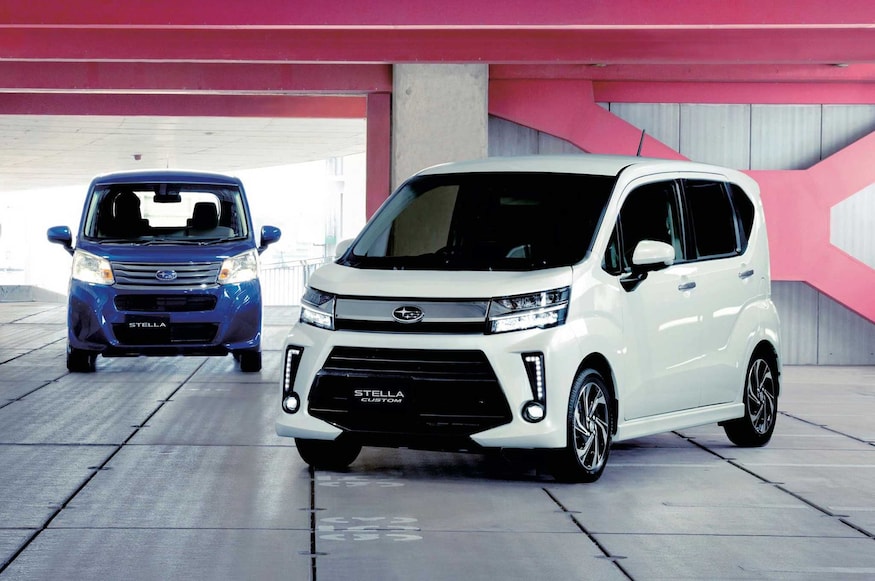The Japanese car market has been an obsession for plenty of auto enthusiasts worldwide. Aside from high-performance cars from Japan's global car makers, the country is also famous for its Kei cars, small and practical passenger vehicles you won't find anywhere else.
Kei cars are the smallest highway-legal cars manufactured in Japan. They’re comparable to A-segment city cars or microcars and are preferred because they’re practical, affordable, and reliable. Kei cars also come with insurance and tax benefits thanks to their smaller engine sizes and physical dimensions.
Kei cars are interesting, and this guide will introduce you to them. You'll learn what they are, a little about their history, and why the Japanese love them so much.
What Qualifies as a Kei Car?
Japanese Kei cars are the smallest highway-legal vehicles made in Japan. The term comes from the word ‘keijidosha’, which translates to ‘light automobile’.
Overseas, these vehicles are known as Japanese city cars or microcars. To put things into context, you can compare these cars to EU A-segment city cars in Europe.
However, you must understand that ‘Kei car’ is not an umbrella term for all small cars. The name only applies to vehicles that fit within set engine capacity specifications and physical dimensions.
There are strict requirements for a car to qualify as a kei because this segment has tax and insurance exemptions. For instance, kei cars enjoy lower taxes and insurance costs and are exempted from certain rules and regulations.
More specifically, for a vehicle to qualify as a kei, it must fit the following criteria:
- Length: 3.4 metres or less
- Width: 1.48 metres or less
- Height: 2.00 metres or less
- Displacement: 0.66 litre or less
As you can see, the criteria for a kei car focus on its size and engine displacement rather than other common vehicle specifications. So, whether it's a Honda Kei car or a Suzuki Kei car, they must all fit within the same specifications.
If you’ve seen Kei cars for sale, you’ll notice that they include vehicle types like:
- Microvans: Vans that are smaller than mini MPVs
- Kei SUV: An example of this is the Subaru Sherpa (aka Subaru Rex), an SUV with all the requirements of a kei, including a 0.66-litre engine
- Kei trucks: Practical pickup trucks that make city deliveries much more manageable. Imagine a mini version of a common ute.
- Kei electric cars: Some electric cars qualify as kei cars because they fit the size requirements.
When Did Kei Cars Come Out?
The Japanese government created the Kei car category in 1949, a few years after World War II. Around that time, the country had surpluses of vehicle-building materials, and the public needed cheap but reliable cars.
That need created the Kei car category which came with regulated maximums on the vehicle’s dimensions, engine size, and power output. As long as vehicles fit into the Kei category, they were entitled to the tax benefits that came with it.
Kei cars also came with other exemptions for road rules and regulations. For example, Japanese car buyers typically needed to prove that they have access to adequate parking for their vehicles.
In some parts of Japan, Kei cars are exempted from that requirement, meaning a person who has no ample space to park a regular vehicle may still be allowed to own a car if he buys a Kei.
That’s why Kei cars remain popular in Japan today, just as they were post-WWII.
However, the specifications for Kei cars haven't stayed the same over the years. While the maximum height has remained the same, Kei cars have seen increases in their maximum lengths, widths, displacements, and maximum power over the years.
Why Do the Japanese Love Kei Cars?
Car buyers in Japanese love their Kei cars for several reasons, such as:
#1 Low maintenance
The Kei cars Japan builds have a universal advantage: they're incredibly low maintenance. That's likely one of the top reasons why Japanese car buyers love these vehicles—repairs and regular maintenance are not complicated, which means saving money in the long term.
#2 Fuel-efficient
Kei cars are incredibly affordable upfront, and more importantly, they’re fuel-efficient and economical to operate.
#3 Easy to manoeuvre and park
With their small size, Kei cars are easy to manoeuvre through traffic jams and easier to park. Someone living and driving in an urban environment where parking is scarce will surely appreciate that. Not only that—Kei cars are also exempted from some of Japan’s road rules, particularly those related to parking.
#4 Environmentally Friendly
Kei cars are environmentally friendly by default, thanks to their small engines. They're becoming even better for the environment as manufacturers begin producing electric versions in the coming years.
#5 Unique
Kei cars are uniquely Japanese, and that rarity is what appeals to people.
Are There Any Electric Kei Cars?
Yes, Kei cars continue to keep up with how the automotive industry has been growing. For example, there’s the Sakura EV, an upcoming Nissan Kei car, or the Daihatsu Kei car, due sometime in 2025.
It doesn't take much to imagine that the electric Kei cars of the future will be even lighter than existing ones, considering that they won't even have combustion engines.
You can learn more about cars and car culture worldwide by checking out the CarpartAU Blog. The site is updated frequently with plenty of helpful how-to articles, car news and information from Australia and beyond!
By Ray Hasbollah

